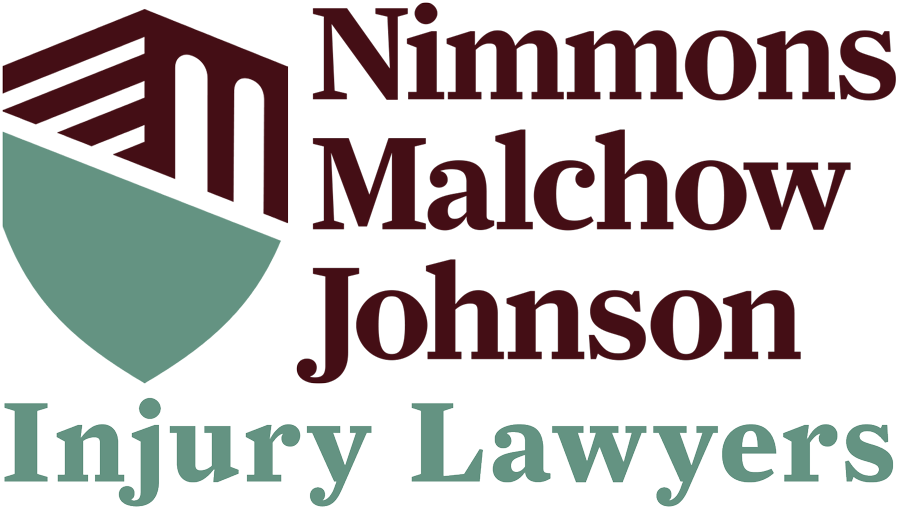When an injury occurs at a nuclear plant in Georgia, determining liability can be a complex and challenging process. Nuclear plants are highly regulated environments, where safety protocols and regulations are meant to prevent accidents and injuries. However, when these protocols fail or are not properly followed, serious injuries can occur. Proving liability in such cases requires a thorough understanding of both the legal and technical aspects involved. This can be a daunting task, but it is crucial for the injured party to seek justice and compensation for the harm they have suffered.







Understanding the Legal Framework
Proving liability in nuclear plant injury cases in Georgia involves navigating a complex legal framework. The nuclear industry is governed by both federal and state regulations, which are designed to ensure the safe operation of nuclear facilities. At the federal level, the Nuclear Regulatory Commission (NRC) is the primary agency responsible for overseeing nuclear plant safety. The NRC sets the standards for radiation protection, plant operation, and emergency preparedness, among other things. At the state level, Georgia has its own set of regulations that complement and reinforce the federal standards.
In Georgia, workers’ compensation laws also play a significant role in nuclear plant injury cases. These laws are designed to provide benefits to workers who are injured on the job, regardless of fault. However, workers’ compensation may not always be sufficient to cover the full extent of the injuries sustained in a nuclear plant accident. In some cases, it may be necessary to pursue additional legal action to hold the responsible parties accountable and obtain full compensation.
Identifying the Responsible Parties
One of the first steps in proving liability in a nuclear plant injury case is identifying the responsible parties. This can be a complex task, as multiple parties may be involved in the operation and maintenance of a nuclear plant. These parties can include the plant owner, the operator, contractors, subcontractors, equipment manufacturers, and even government agencies. Each of these parties may have different levels of responsibility, and determining their liability requires a careful examination of the circumstances surrounding the injury.
In some cases, the plant owner or operator may be held liable for failing to maintain a safe working environment. This could involve failing to follow established safety protocols, failing to properly train workers, or failing to address known hazards. Contractors and subcontractors may also be held liable if their actions or negligence contributed to the injury. For example, if a contractor was responsible for maintaining a piece of equipment that malfunctioned and caused the injury, they could be held liable for failing to perform their duties properly.
Equipment manufacturers may also be held liable if the injury was caused by a defective product. In these cases, it must be proven that the product was defective and that the defect directly caused the injury. This can involve a detailed examination of the product’s design, manufacturing process, and usage. Additionally, government agencies may be held liable if it can be shown that they failed to properly regulate the nuclear plant or enforce safety standards.
Gathering Evidence
Proving liability in a nuclear plant injury case requires a thorough investigation and the gathering of substantial evidence. This evidence must demonstrate that the responsible parties were negligent and that their negligence directly led to the injury. There are several types of evidence that can be crucial in these cases, including safety records, maintenance logs, incident reports, eyewitness testimony, and analysis.
Safety records and maintenance logs can provide valuable information about the plant’s operations and any previous issues that may have contributed to the injury. These records can show whether the plant was following proper safety protocols and whether any known hazards were addressed. Incident reports can also be important, as they can provide details about the circumstances surrounding the injury and any immediate actions taken by the plant staff.
Eyewitness testimony can be a powerful tool in proving liability. Testimonies from workers, contractors, or other individuals who were present at the time of the incident can provide firsthand accounts of what happened and who may be responsible. These accounts can help establish a timeline of events and clarify the actions or inactions that led to the injury.
Specialists can provide insights into the technical aspects of nuclear plant operations and safety protocols. Their analysis can help demonstrate how the injury occurred and how the responsible parties failed to prevent it. This could include an examination of equipment, processes, and safety procedures. The specialist’s findings can be presented in court to support the injured party’s claim.
Demonstrating Negligence
To prove liability in a nuclear plant injury case, it must be shown that the responsible parties were negligent. Negligence occurs when a party fails to exercise the level of care that a reasonably prudent person would in a similar situation. In the context of a nuclear plant, this means failing to follow established safety protocols, failing to properly train workers, or failing to address known hazards.
Demonstrating negligence involves showing that the responsible parties had a duty of care, that they breached that duty, and that the breach directly led to the injury. This can be a complex process, as it requires establishing a clear connection between the actions or inactions of the responsible parties and the injury. For example, if it can be shown that the plant owner failed to properly maintain a critical piece of equipment, and that this failure led to the injury, then the owner may be held liable for negligence.
In some cases, proving negligence may involve showing that the responsible parties acted with gross negligence or reckless disregard for safety. This is a higher standard of proof and can result in more significant penalties for the responsible parties. Gross negligence occurs when a party’s actions or inactions go beyond mere carelessness and demonstrate a willful disregard for the safety of others. Proving gross negligence can be particularly important in cases involving serious or catastrophic injuries.
Choosing a Personal Injury Attorney How Much Is My Personal Injury Claim Worth?Related Videos
Overcoming Challenges in Proving Liability
Proving liability in nuclear plant injury cases can be a daunting task, given the complexity of the legal and technical issues involved. However, there are several strategies that can be employed to overcome these challenges and build a strong case. One such strategy is to conduct a thorough investigation of the incident, gathering as much evidence as possible to support the injured party’s claim. This may involve working with specialists to analyze technical data, interviewing witnesses, and reviewing safety records and maintenance logs.
Another important strategy is to carefully examine the applicable laws and regulations. Understanding the legal framework governing nuclear plant operations can help identify potential violations and establish a basis for liability. This may involve reviewing federal and state regulations, as well as industry standards and best practices. Additionally, it may be necessary to consult with legal professionals who have experience in handling complex injury cases and who can provide guidance on the best approach to take.
In some cases, it may be necessary to pursue multiple avenues of legal action to obtain full compensation for the injured party. This could involve filing a workers’ compensation claim, as well as pursuing additional claims against the responsible parties. It may also be necessary to engage in negotiations or litigation to resolve the case and secure a favorable outcome.
Seeking Justice and Compensation
Proving liability in nuclear plant injury cases in Georgia is not just about holding the responsible parties accountable; it is also about seeking justice and compensation for the injured party. Injuries sustained in a nuclear plant accident can be severe and life-altering, leading to significant medical expenses, lost wages, and pain and suffering. The injured party deserves to be compensated for the harm they have suffered and for the impact the injury has had on their life.
Compensation in these cases can take several forms, including medical expenses, lost wages, and damages for pain and suffering. In some cases, punitive damages may also be awarded to punish the responsible parties for their negligence and to deter similar conduct in the future. Pursuing compensation can be a complex and lengthy process, but it is an essential step in helping the injured party recover and move forward.
Proving liability in nuclear plant injury cases in Georgia requires a thorough understanding of both the legal and technical aspects involved. It involves identifying the responsible parties, gathering evidence, demonstrating negligence, and overcoming the challenges associated with these complex cases. Seeking justice and compensation for the injured party is a critical step in holding the responsible parties accountable and ensuring that they are made whole.
If you or a loved one has been injured in a nuclear plant accident in Georgia, it is essential to seek legal assistance from a skilled and experienced law firm. Nimmons Malchow Johnson Injury Lawyers has the knowledge and experience necessary to handle these complex cases and to fight for the justice and compensation you deserve. Contact Nimmons Malchow Johnson Injury Lawyers today to discuss your case and learn more about your legal options.





